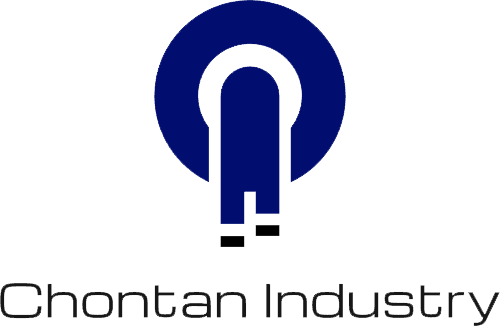Investment casting, a process celebrated for its precision and ability to create intricate shapes, isn't a magic bullet.
Achieving high-quality results hinges significantly on thoughtful design considerations from the outset.
Ignoring these can lead to costly rework, delays, and compromised part integrity. So, what should designers keep in mind?
Firstly, simplicity is often your friend. While investment casting handles complexity well,
overly intricate designs can increase tooling costs and the risk of defects. Streamlining shapes,
opting for gradual transitions instead of sharp corners, and minimizing undercuts where possible can improve castability and reduce potential issues.
Wall thickness uniformity is another critical factor. Uneven wall thicknesses can lead to differential cooling rates,
causing warping, shrinkage variations, and potential stress concentrations.
Aim for consistent wall thicknesses throughout the part design to ensure more predictable solidification and improved structural integrity.
While investment casting often eliminates the need for traditional draft angles due to wax shrinkage,
consider slight drafts for deep cavities or features created with ceramic cores.
This aids in the removal of the ceramic shell and prevents damage to delicate features.
Generous radii and fillets are your allies in castability.
Sharp internal corners can act as stress risers and are difficult for molten metal to fill completely.
Incorporating smooth radii and fillets at internal and external corners promotes better metal flow,
reduces stress, and improves the overall strength of the casting.
Think about gating and runner systems early in the design process, even if you're collaborating with a foundry.
The placement and design of these channels, which direct molten metal into the mold cavity,
significantly impact the casting's quality and yield. Discussing potential gating locations with your casting partner can optimize the process.
Consider tolerances realistically. While investment casting offers tight tolerances,
demanding unnecessarily tight specifications across the entire part can drive up costs.
Focus tight tolerances on critical functional areas and allow for more generous tolerances in non-critical regions.
Finally, early collaboration with an experienced investment casting foundry is invaluable.
Their expertise in the process, material behavior, and potential design challenges can help you optimize your design for manufacturability,
cost-effectiveness, and performance. Engaging them early can prevent costly redesigns and ensure a smoother path from concept to final part.
By carefully considering these design aspects, you can leverage the full potential of investment casting to create high-quality,
intricate metal components that meet your specific application requirements.
